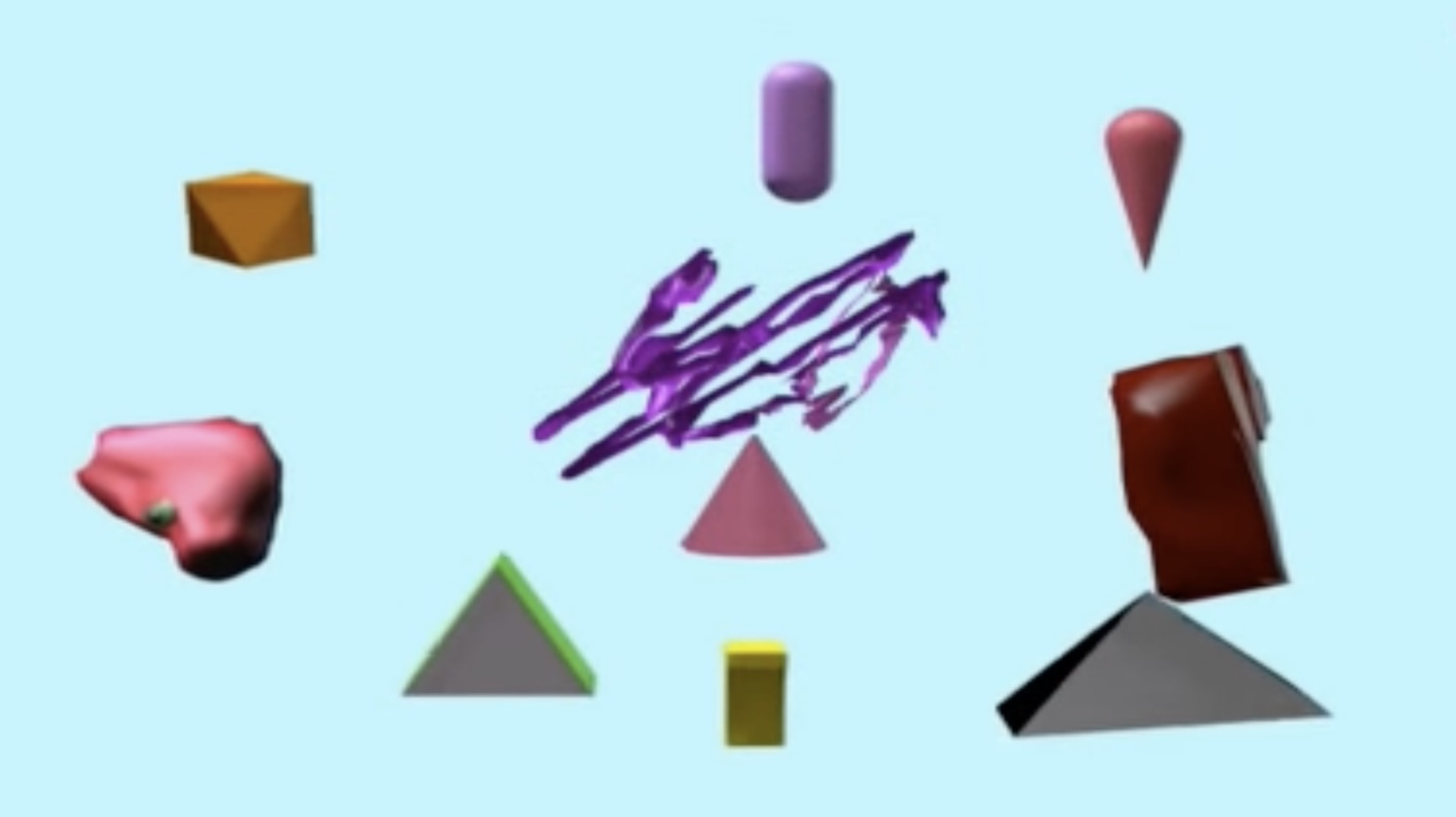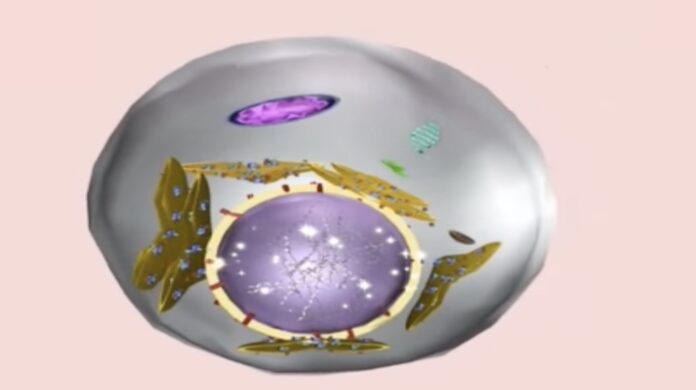Spliceosomes Are Composed of _____.
Spliceosomes, the molecular machines responsible for pre-mRNA splicing, are composed of a complex arrangement of RNA and protein molecules. These intricate structures play a crucial role in gene expression, ensuring that the correct genetic information is translated into functional proteins. In this section, we will explore the key components that make up spliceosomes and their importance in the splicing process.
- Small Nuclear Ribonucleoproteins (snRNPs): The backbone of spliceosomes is formed by small nuclear ribonucleoproteins, or snRNPs. These snRNPs are composed of a small RNA molecule known as small nuclear RNA (snRNA) and a set of associated proteins. There are several types of snRNPs, including U1, U2, U4, U5, and U6, each with distinct functions in the splicing process. These snRNPs play a vital role in recognizing specific splice sites and bringing the necessary components together for splicing.
- Proteins: In addition to snRNPs, spliceosomes contain a variety of proteins that facilitate splicing. These proteins help to stabilize the spliceosome structure, mediate interactions between snRNPs, and catalyze the chemical reactions required for splicing. Among the proteins present in spliceosomes are splicing factors, RNA helicases, and RNA-binding proteins. Together, these proteins ensure the accuracy and efficiency of the splicing process.
- Introns and Exons: Spliceosomes are responsible for removing non-coding regions called introns from pre-mRNA and joining together the coding regions known as exons. The splicing process involves the precise recognition and removal of introns and the precise joining of exons to generate a mature mRNA molecule. Spliceosomes achieve this by bringing the intron-exon boundaries into close proximity and catalyzing the formation of phosphodiester bonds between exons.
Spliceosomes are complex molecular machines composed of snRNPs, proteins, and RNA molecules. These components work together to accurately remove introns and join exons during pre-mRNA splicing. Understanding the composition of spliceosomes is crucial for unraveling their intricate mechanisms and their implications for gene expression and human health.

Regulation of Spliceosomes
Spliceosomes play a crucial role in gene expression by accurately removing introns and joining exons to generate mature mRNA molecules. This process, known as splicing, is tightly regulated to ensure the production of diverse protein isoforms that are essential for cellular functions. In this section, we will explore some of the key mechanisms involved in the regulation of spliceosomes.
Alternative Splicing
One of the major regulatory mechanisms of spliceosomes is alternative splicing. This process allows for the production of multiple mRNA isoforms from a single gene, greatly expanding the proteome diversity. Alternative splicing is estimated to occur in more than 90% of human genes, highlighting its importance in cellular functions and human health.
Alternative splicing is regulated by a complex interplay between various factors, including splice site recognition elements and splicing enhancers and repressors. These elements are located within the pre-mRNA molecule and interact with proteins and RNA molecules within the spliceosome. By modulating the recognition of splice sites, these regulatory elements can influence the inclusion or exclusion of specific exons, leading to the generation of different mRNA isoforms.
Splicing Factors Regulation
Another critical aspect of spliceosome regulation is the control of splicing factors. Splicing factors are proteins that interact with the spliceosome and play crucial roles in mediating the assembly and catalytic activity of the spliceosome. These factors include both positive regulators, known as splicing enhancers, and negative regulators, known as splicing repressors.
Splicing enhancers promote the recognition of splice sites and facilitate the assembly of the spliceosome. They can interact with specific RNA sequences within the pre-mRNA molecule and recruit essential components of the spliceosome. On the other hand, splicing repressors inhibit the recognition of splice sites, preventing the assembly of the spliceosome and leading to exon skipping or intron retention.
The regulation of splicing factors is complex and involves various mechanisms, including post-translational modifications, protein-protein interactions, and RNA-protein interactions. These regulatory mechanisms ensure the precise control of splicing events and contribute to the diversity of mRNA isoforms.
Exon Skipping
Exon skipping is a specific form of alternative splicing that involves the exclusion of one or more exons from the mature mRNA molecule. This process can result in the production of truncated or non-functional protein isoforms. Exon skipping is a tightly regulated process and can be influenced by a variety of factors, including the presence of regulatory elements within the pre-mRNA molecule and the activity of splicing factors.
Exon skipping can have significant implications for human health, as mutations or dysregulation of splicing events can lead to the development of genetic disorders. For example, mutations in genes involved in the regulation of exon skipping have been linked to diseases such as Duchenne muscular dystrophy and spinal muscular atrophy.


